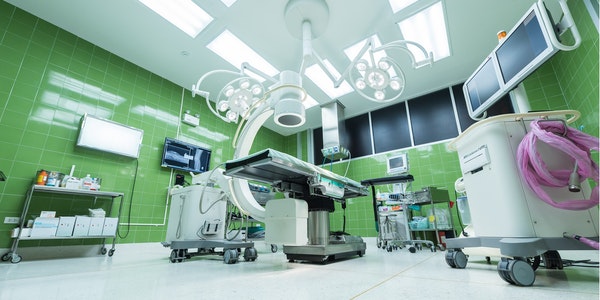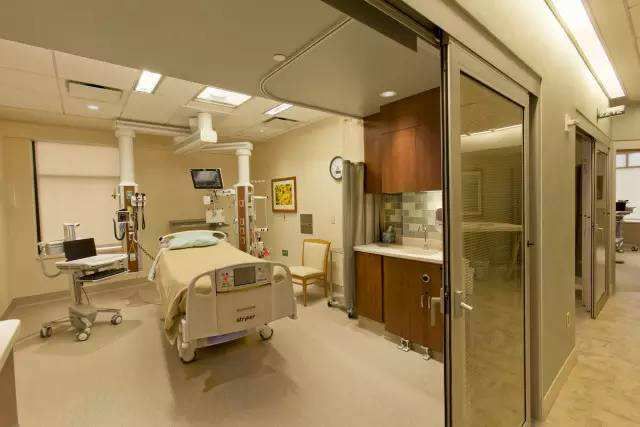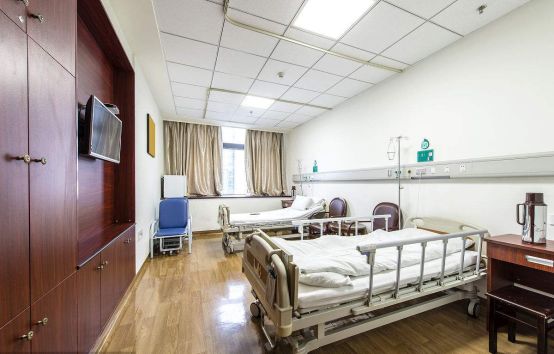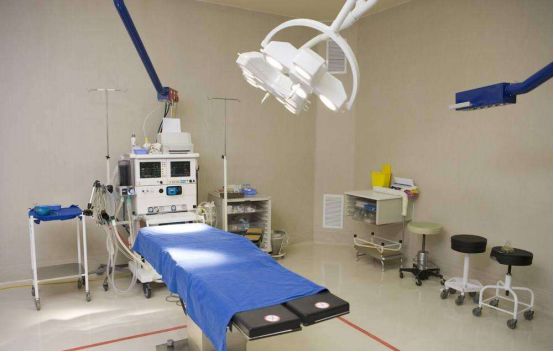How Should Hospital Lighting Be Sesigned? How To Do It?
Hospital lighting design should not only meet the functional lighting required by medical staff to diagnose and treat patients, but also provide patients with a comfortable, healthy and warm lighting environment. The lighting requirements for hospital diagnosis and treatment and patient rehabilitation are relatively high, which are directly related to the physical and mental health of patients, and put forward higher requirements for lighting.
Illuminance and Light Color Requirements
Illumination requirements
The lighting requirements for different areas in a hospital are different and depend on the visual conditions required by various personnel. For example, the illuminance in precision surgery requires 100 000 lx. You read that right, 100,000 lx, what is this concept?
With the lights on, it looks like this: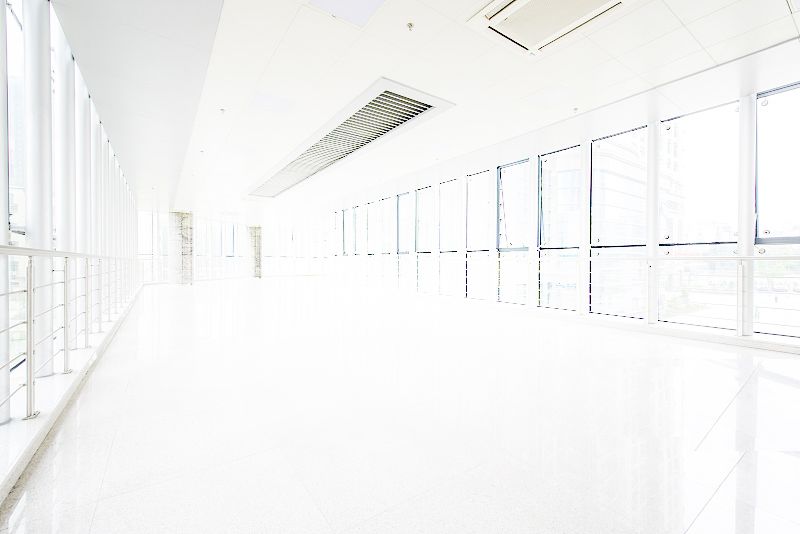
And the ward tour in the middle of the night only needs 10 lx, which is probably the brightness of the night light.
Even in the same place, such as in a ward, only general lighting is required for patients to facilitate their walking, and 100 lx is sufficient. But for medical personnel, when they need to examine patients, they need high illumination, which can reach more than 1000 lx.
Color temperature requirements
First of all, a good light color can provide the best conditions for treatment and physical examination. A correct diagnosis can be made, for example, from the color of the patient’s skin or a change in skin color. Second, there is a psychological factor involved. If a friendly atmosphere can be created in the hospital clinic, it is very helpful for the recovery of the patient. Therefore, a light source with suitable color temperature and good color rendering should be selected.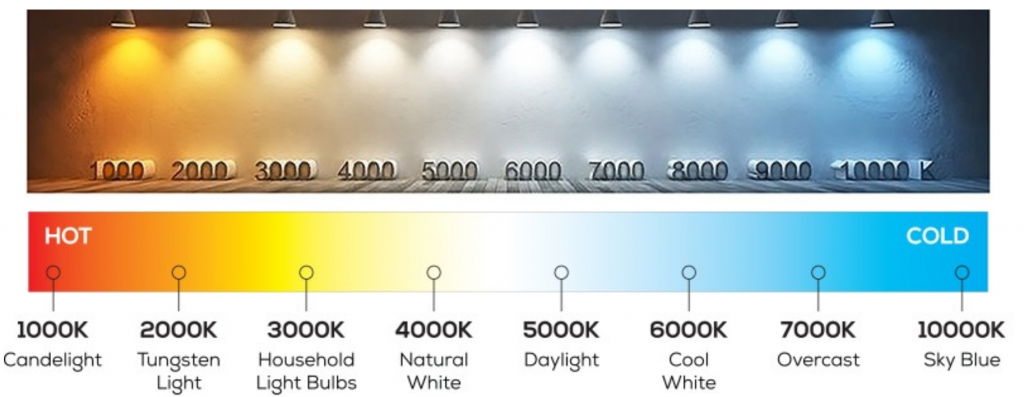
Each Area Lighting Design
Outpatient lighting design
The outpatient department is the place where the diagnosis and initial treatment of the patient’s condition are carried out. On the one hand, outpatient lighting needs to meet the visual function requirements of medical staff for examination and diagnosis of patients, and on the other hand, it needs to create a comfortable light environment for patients.
General inspection requires 560 lx illumination, and complex inspection requires more than 1000 lx illumination. To save energy, a combination of general lighting and task lighting is used. General lighting provides general visual functional requirements for the entire space and establishes a comfortable light environment. Task lighting is the part of insufficient illumination during supplementary inspection and diagnosis.
Since most of the use time of the outpatient department is during the day, the introduction of natural light should be fully considered in the design to improve the mood of the staff. When natural lighting is used, attention should be paid to illuminance distribution and to overcome glare and other issues.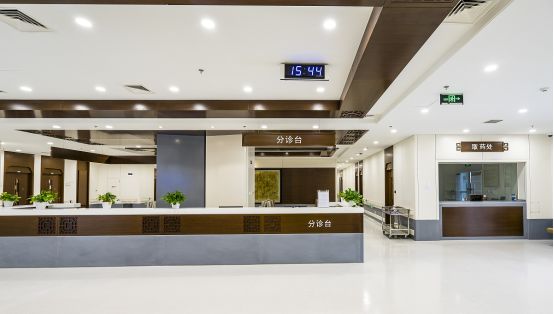
Outpatient lighting renderings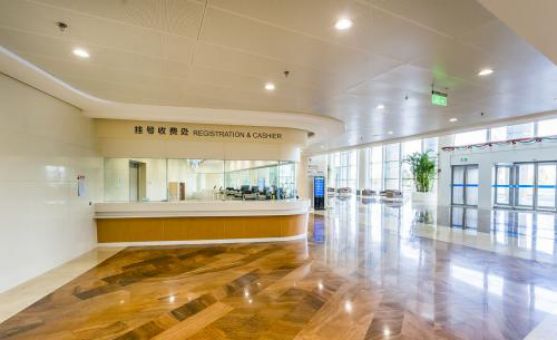
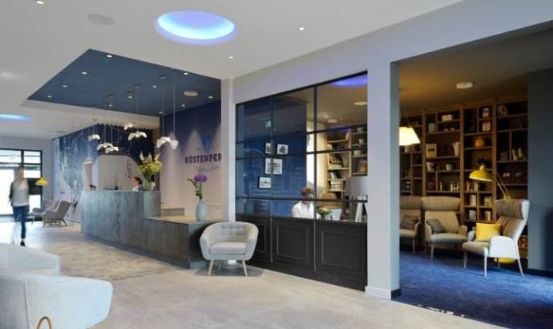
At the same time, the problem of illuminance drop and illuminance uniformity should be considered when natural light is insufficient. General lighting also needs to be conducive to the application of the visual display unit (VDU), and screen reflections should be minimized. At the same time, the brightness of the screen, surrounding facilities and patients should also be balanced, and the adaptation process of the human eye in different brightness environments should be reduced when medical personnel operate, thereby reducing the visual fatigue of medical personnel.
Ward area lighting
First of all, a good light color can provide the best conditions for treatment and physical examination. A correct diagnosis can be made, for example, from the color of the patient’s skin or a change in skin color. Second, there is a psychological factor involved. If a friendly atmosphere can be created in the hospital clinic, it is very helpful for the recovery of the patient. Therefore, a light source with suitable color temperature and good color rendering should be selected.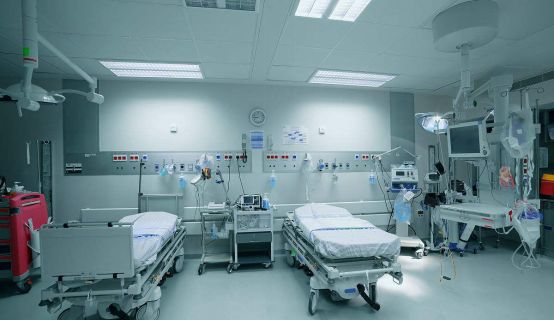
Ward lighting renderings
The illuminance provided is between 100-200 lx, and the color temperature is mostly warm white. Indirect lighting is used to prevent glare from the patient lying on the bed and to produce a softer light indoors. And the bright ceiling helps to open up the patient’s mind and reduce the feeling of depression.
Operating room lighting
In order to satisfy multiple visual functions at the same time, ward lighting usually adopts a combination of general lighting and local lighting. Operating room lighting is the most important part of hospital lighting. This is not only because it is necessary to meet the visual requirements of people, but more importantly, the work of the operating room is related to the life and death of patients.
Operating room lighting is usually divided into two parts: general lighting provides a bright lighting environment for the entire space, and operating table lighting provides enough lighting for surgical operations to help medical staff complete operations. It is not enough to just provide lighting for the operating table, the lighting should create a high-quality light environment for medical staff to operate.
Operating room lighting renderings
When designing the operating room lighting, the operating room is generally divided into three areas: the operating table, the adjacent area of the operating table and the surrounding area. Typically, operating table work lighting levels are relatively high. In order to reduce the doctor’s visual adaptation process and improve visual acuity, the illumination level of general lighting in the operating room should be no less than 1,000 lx. The illumination in the area adjacent to the operating table should be greater than 2,000 lx.
In order not to have too much brightness variation in the field of view to cause visual discomfort, the vertical illuminance of the wall should not be less than 50% of the horizontal illuminance. For some minimally invasive procedures, most of these devices provide task area illumination and use a VDU. The illumination requirement of the operating room is lower than that of the general operating room to reduce the impact of ambient light on the lighting of the equipment.
Hospital lighting needs to meet too many complex visual tasks, while creating a harmonious lighting environment. High-quality lighting requires a combination of factors. Factors such as light color rendering, natural lighting, lighting control, stroboscopic, horizontal and vertical illuminance, and brightness play a pivotal role in high-quality hospital lighting, and are also the first factors to be considered and pay special attention to in hospital lighting design.

